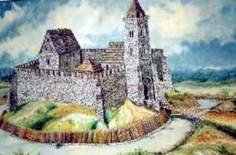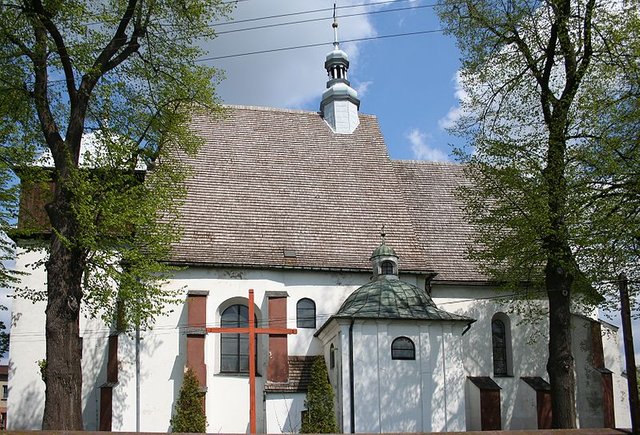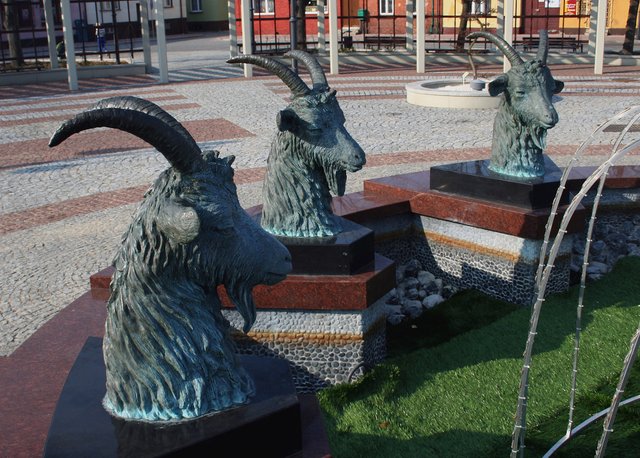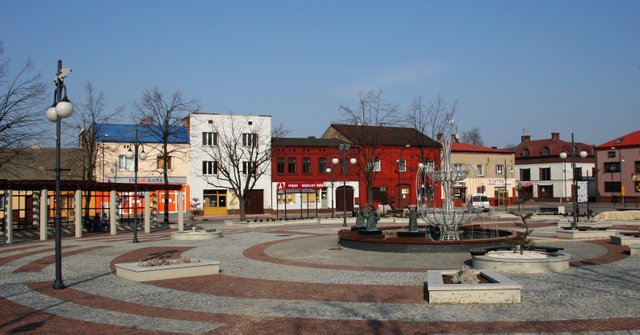Legend of Kozieglowy, Poland by @papi.mati


Intro
Today I will write the legend of my hometown - Kozieglowy, Poland.
Kozieglowy is translated as "the goats' heads" and it's a tiny (2500 citizens), 850 years old town. A long time ago, Kozieglowy was the important stop on the amber trade routs, so town was rich and wealthy. It didn't grow too much since then, amber trade is not in use any more, so Kozieglowy remain moderately developed. Nowadays it's well-known mostly because of production of artificial Christmas Trees.
The legend I will be sharing with you today explains the name of my town. It all starts in the XIIIth century, when the southern lands of Poland were regularly invaded by Tatars from Ottoman Empire. In 1241 Ottoman army arrived to the town recently founded by the man called Drogoslaw from Zerwi-Kaptur dynasty. People from around gathered in the castle, the gates closed, guards stand on the position on the defence wall and everyone silenced wondering what will happen next. As the army of Tatars was much bigger than the number of men in the town, staying in the castle was the only reasonable thing to do.
Fortress was big and new, very modern for that times, so even though Tatars were trying hardly, they were not able to get inside. "If we cannot burn them alive, we will starve them", inviders thought and started to besiege the castle. They knew that town evacuated in hurry, so probably there are not many food supplies in the castle right now, they assumed it will not take more than few weeks and citizens will have to give up.Few weeks passed, then a month and a second... the morale of Tatars was getting lower, but they decided to wait a bit more. Even though shortage started in the castle much later than invaders assumed, in some point only three goat heads left from all the food supplies. Goat head is not something what commonly would be eaten by Poles, but because of the hunger, citizens locked in the castle were considering it. "It will not even last for the smallest meal for everyone. We have to admit, we have lost" - said the landlord. -We will all die, but if we can take at least one soul of the enemy with us, we should die fighting. We are too weak to open the gates and fight with the sword, we didn't eat since many days. What we can do is to use the remaining three goat heads as the cannonballs and try to shoot with it someone from the camp on another side of the castle.
 source - Church of St. Magdalena from XVth century, the oldest building which survived until the modern times
source - Church of St. Magdalena from XVth century, the oldest building which survived until the modern times How they thought, they did. Heads were fired by the cannon and even though nobody was killed with it, it helped to save the town. The legend says that Tatars used to eat goat heads as the finest meal. When they saw that castle uses delicious food as the weapon, they thought supplies have to be enormous and continuing the siege could take too much time. They gave up and left the castle, looking for another place to concquere. That's how three goat heads saved the community.
The true story
Like in every legend, there are some elements of true in that story. Kozieglowy were sieged by the Tatars in 1241, indeed, but according to the historicians, Tatars were able to win and burn the castle which was rebuilded in the XIVth century again. The real story of the name is much less exciting than the legend. Probably three goat heads were in the sign of the Zerwi-Kaptur dynasty from centuries before that event, as selling the goats was one of the things which made them rich and influential in the early medieval times. The name of the town is taken from it.
The castle survived to the early XXth century, it was demolished by Nazis during the second world war and the rock bricks which it was made of were used to build some roads.
CC:
@delakloe


Reading this is like watching a movie. I have been wowed by the history of your town. It's been educative but full of adventure. Good luck
Thank you, it's so nice to hear that someone enjoyed this story 🤗 I appreciate your comment!